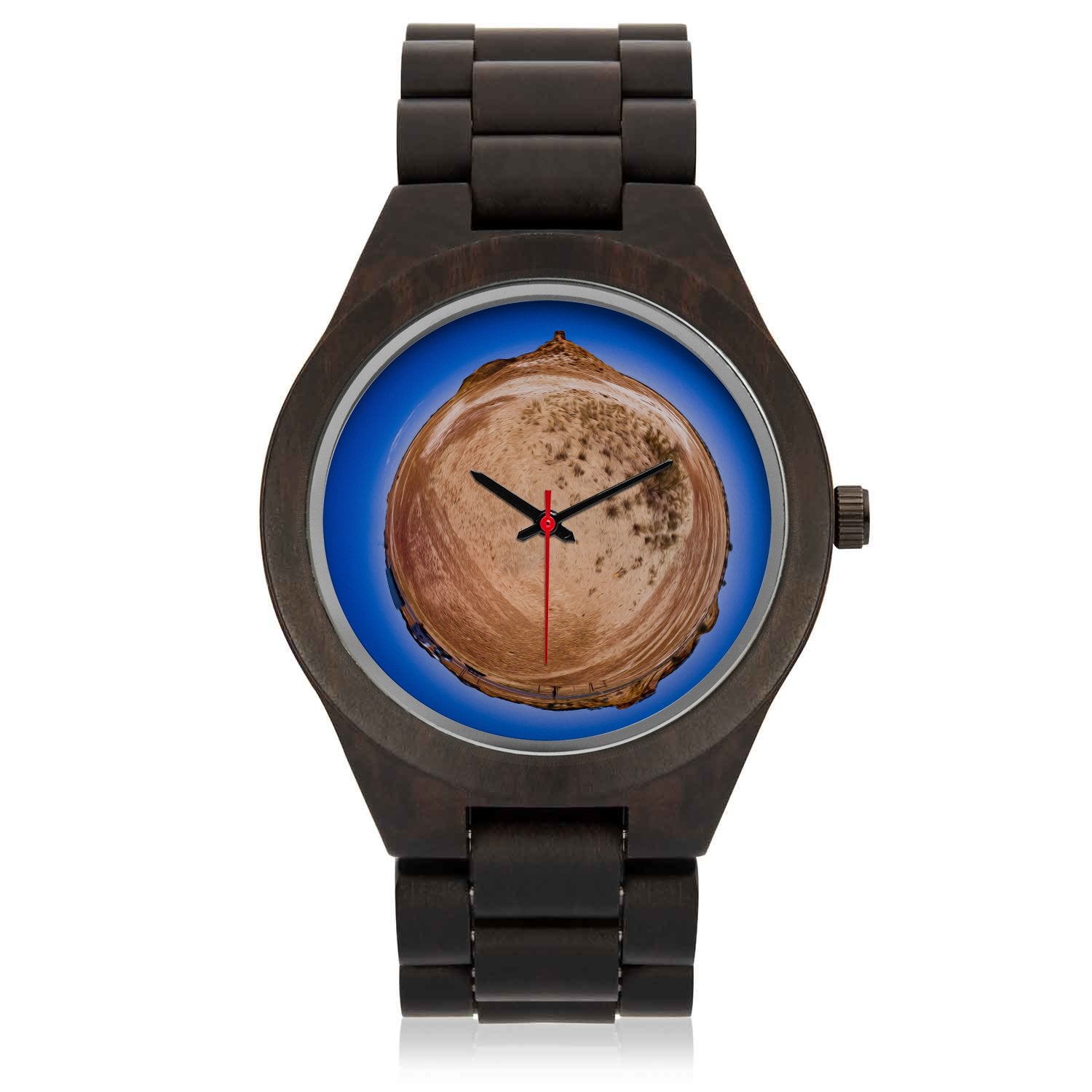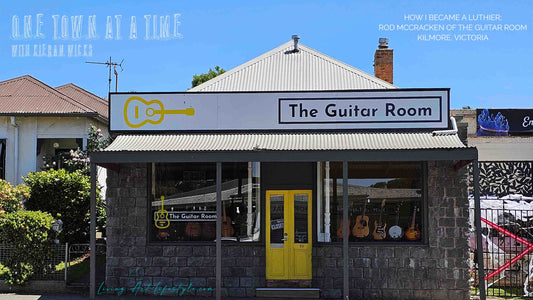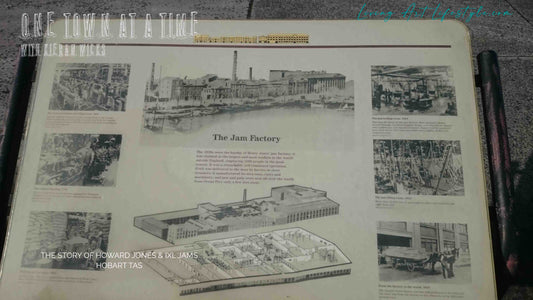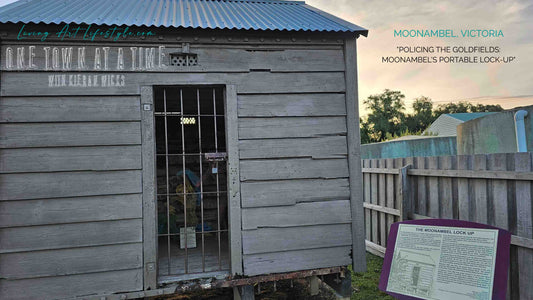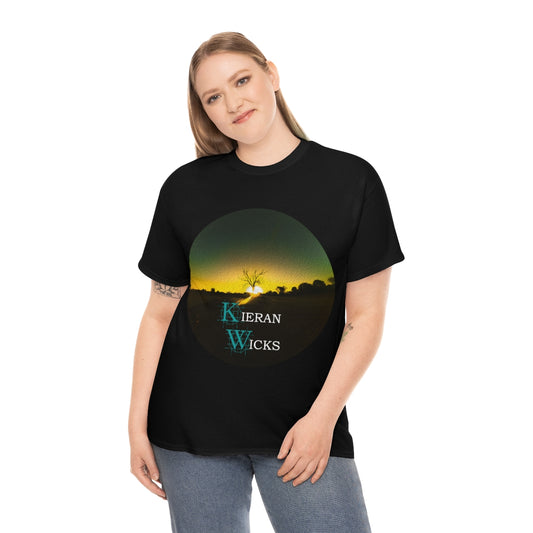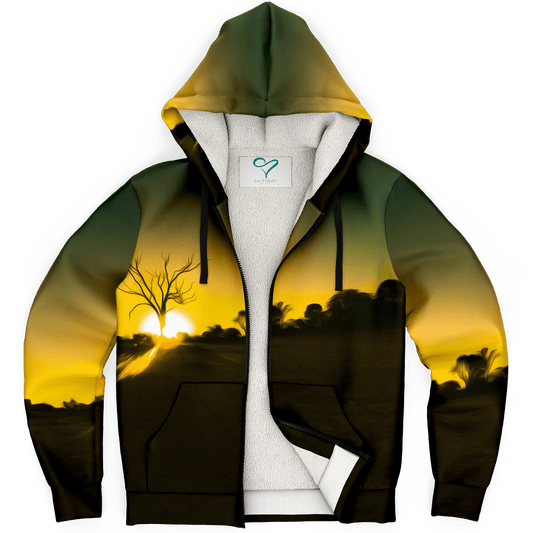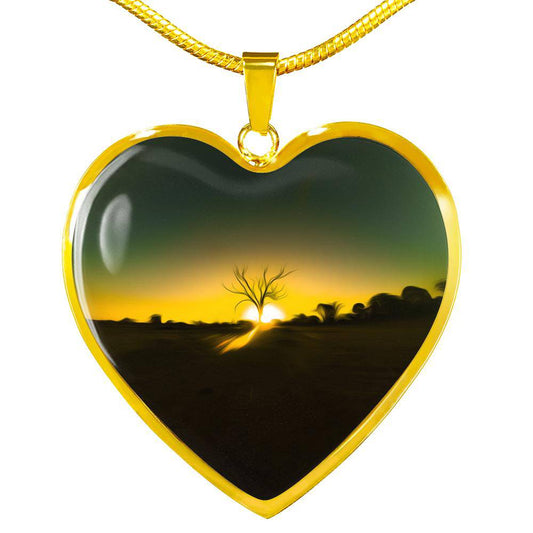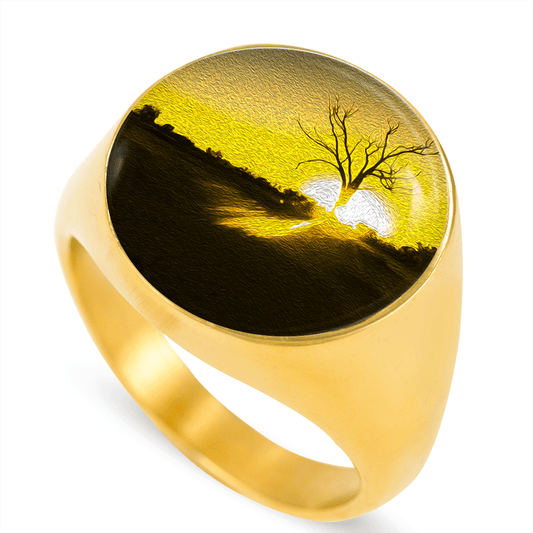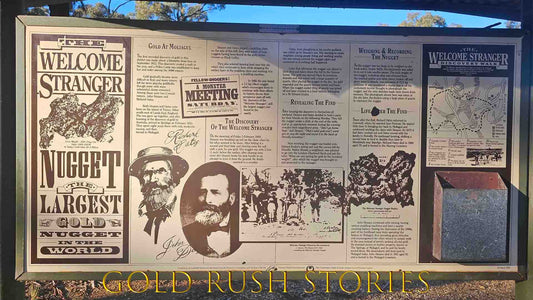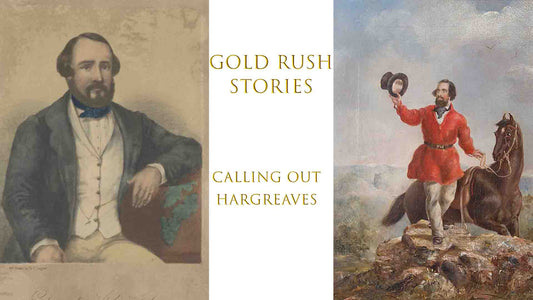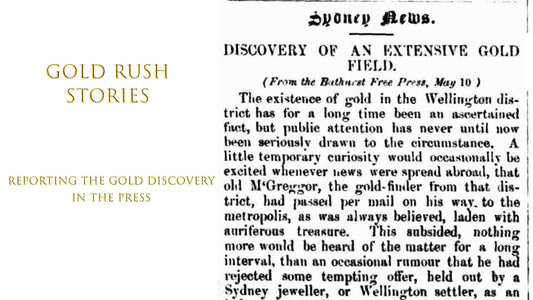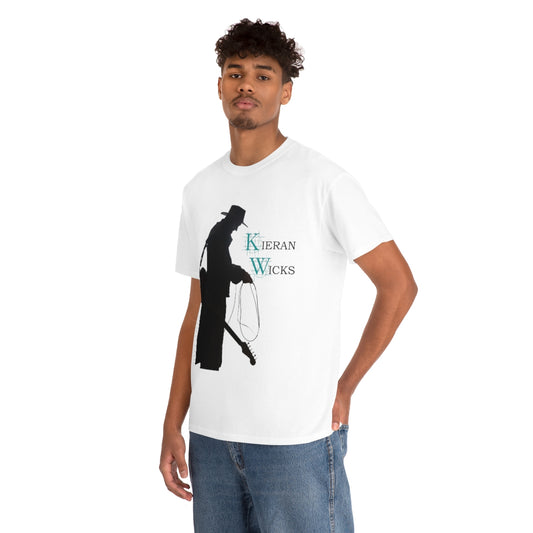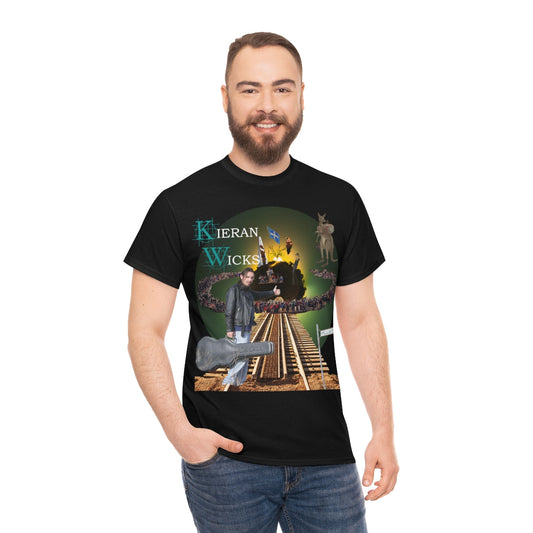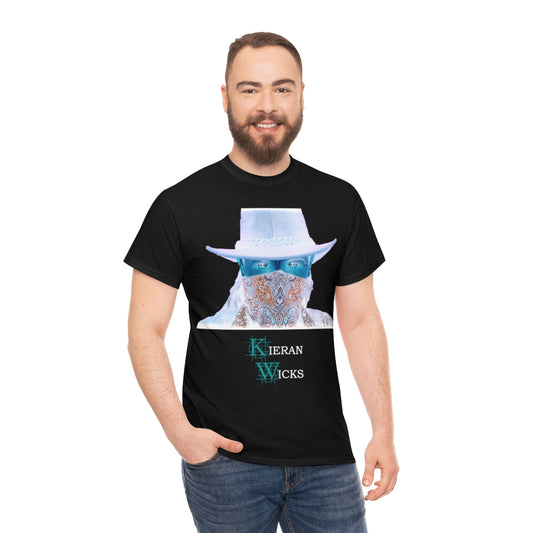
Why here?
It has always fascinated me, the history behind the reasons of a towns founding.
Why have some towns prospered whilst others disappear altogether?
Access to resources such as water, fertile plains, climate and isolation are all factors.
Some places are obvious choices as to the tranquility of the location and ready access to water. Whilst others still, leave you scratching your head as to why anyone would choose to live in such desperate, desolate isolation.

But if you scratch the surface there is gold to be found right across the land that taps a rich vein of history and connection to country.
Leading to the creation of the Australian economy and the chain of events that would see the Great Southern Land rise to become one of the wealthiest nations in the world, the role that the “Gold Rush played in the transformation of Australia as a nation cannot be underestimated.
As we start to explore the history of the settlement of Australia’s interior, we start to understand the turning points that forged a cultural identity strongly felt, but whose origins are barley understood, by many modern-day Australians.
Microfleece Hoodie Tree of Life Collection
The fall out of the formative events and times of the Eureka Stockade and the Great Shearers Strike; an identity forged around the concepts of a “Fair Go”, mateship, community and rebellion.Common bonds built around common good.But what makes a group of people say “enough is enough”?
“By 1851 the word had rung out,
There’s gold in dem dare hills in the Land of the South.
There’s many an old knight of the pick and spade,
Lest we forget the Eureka Stockade”
Kieran Wicks – Blood Stains the Wattle
THE MONOLITH - SANDLEWOOD WATCH

The Swearing of Allegiance to the Southern Cross
Charles Doudiet, Public domain, via Wikimedia Commons
This series of blogs will attempt to convey the prevailing social climate and historical events of the era that shaped the Lawson’s understanding of the world, and ultimately how history views them, and how Australia chooses to remember them.
Their reactions and actions were not as mere spectators but vital players and voices in the formation of Australian Cultural identity challenging social norms and mores.
From the nation’s convict beginnings, to the gold rush and subsequent struggles for democracy and freedom in a new land, the Lawson’s were undeniably instrumental in the social evolution of the country and influence the wider world to this day.

THE GURU COLLECTION HOODIE

Their just, yet radical points of view were seen as an undermining of authority and challenge to the status quo, a clear and present danger to the powers that be and associated vested interests.
Shamefully Louisa is all but forgotten, whilst Henry died a drunkard and virtual pauper.
“The lonely life of a writer whose words could not pay his debts"
- Dallas Green / City and Colour – The Lonely Life
This is their story.
Louisa Lawson - circa 1880's Henry Lawson - circa 1902
Tree of Life Collection Inner Desire Collection Flame Trees Collection
Australian Population Timeline
Population Growth and Significant Events

(Historical Population of Australia, 1788 to Future, n.d.)
PENAL COLONY
It is well known and documented that Australia was built on the foundations of a penal colony, with a mere 859 people stepping ashore terra firma from that fateful first fleet.
From 1788 to 1823, the Colony of New South Wales was officially a penal colony comprised mainly of convicts, soldiers and the wives of soldiers.
751 convicts and their children disembarked, along with 252 marines and their families, as the Fleets commander Captain Arthur Phillip raised the British flag at Sydney Cove on 26 January 1788.
Two more convict fleets arrived in 1790 and 1791, with the first free settlers arriving in 1793.

FREE SETTLERS
The first group of free settlers arrived at Port Jackson aboard the Bellona. There were five men, two women and six children. These immigrants were the first free settlers to receive land grants on 7 February 1793. The granted land was at Liberty Plains, now Strathfield and Homebush.
(16 Jan 1793 - first free settlers arrived, n.d.)
“Governor Philip (1788–1792) founded a system of labour in which people, whatever their crime, were employed according to their skills – as brick makers, carpenters, nurses, servants, cattlemen, shepherds and farmers.
Educated convicts were set to the relatively easy work of record-keeping for the convict administration. Women convicts were assumed to be most useful as wives and mothers, and marriage effectively freed a woman convict from her servitude.
From 1810, convicts were seen as a source of labour to advance and develop the British colony. Convict labour was used to develop the public facilities of the colonies – roads, causeways, bridges, courthouses and hospitals. Convicts also worked for free settlers and small land holders.
The discipline of rural labour was seen to be the best chance of reform. This view was adopted by Commissioner Bigge in a series of reports for the British Government published in 1822-23. The assignment of convicts to private employers was expanded in the 1820s and 1830s, the period when most convicts were sent to the colonies, and this became the major form of employment.
Convicts formed the majority of the colony's population for the first few decades, and by 1821 there was a growing number of freed convicts who were appointed to positions of trust and responsibility as well as being granted land.”
(Convicts and the British colonies in Australia, n.d.)
Australia’s population was 190,408 by 1840 when the transportation of convicts to New South Wales was paused, by which time some 150,000 convicts had been sent to the colonies, with the last convict ship arriving in NSW in 1850 when the general population had reached 405,356.
WHITE CHAPEL COLLECTION
Western Australia continued to receive relatively small amounts of convicts until 1868 when the last convict ship, the Hougoumont, arrived on the 10th January.
In all, about 164,000 convicts were transported to the Australian colonies between 1788 and 1868 onboard 806 ships. In 1868, 80 years on from the arrival of 859 people aboard the First Fleet, 1,539,552 settlers now inhabited the continent.
By the mid-1830s rising tensions and anxieties contributed to movements surrounding opposition to the transportation of felons into the colonies grew parallel to the increasing numbers of free settlers entering New South Wales and Van Diemen's Land (Tasmania).
The continuation of transportation to Van Diemen's Land saw the rise of a well-coordinated anti-transportation movement, especially following a severe economic depression in the early 1840s.
More concerned with how the colony was perceived on a global scale than with the inhumanity of the system, opponents argued against convict transportation to the colonies both as competition to “honest free labourers”, and pointed to as the scapegoat for the source of crime and vice within the colony.
By the late 1840s most convicts being sent to Van Diemen's Land and Victoria were classed as "exiles", free to work for pay while under sentence.
(Convicts in Australia, n.d.)

NSW Colonial Government - Convict Ticket of Leave Passport
Convicts who had demonstrated that they could be trusted were issued a ‘Ticket of Leave’, essentially a document of parole granting them some freedoms.
The system was introduced in 1801 with the principal intention of reducing the burden of providing food from the fledgling government's limited stores to the convicts.

Before too long, tickets began to be given as a reward for good behaviour, which permitted the holders to seek employment within a specified district, but not leave it without the permission of the government or the district's resident magistrate. Each change of employer or district was recorded on the ticket.
Once the full original sentence had been served, a "certificate of freedom" would be issued upon application. If a life sentence had been given, then the convict could get a ticket to leave and/or conditional or full pardon.
Ticket-of-leave holders were permitted to marry, or to bring their families from Britain, and to acquire property, but they were not permitted to carry firearms or board a ship.
In the mid–1830s only around six per cent of the convict population were 'locked up', the majority working for free settlers and the authorities around the nation.
(Convicts and the British colonies in Australia, n.d.)
Of note is that there were approximately 40,000 Certificates of Freedom issued by the Colony of New South Wales.
(Index to Certificates of Freedom, 1823-69, n.d.)
THE CAPE COLLECTION - ROUND BEACH BLANKET
In 1850 the Australasian Anti-Transportation League was formed to lobby for the permanent cessation of transportation, its aims being furthered by the commencement of the Australian gold rushes the following year, which led the British Government to discontinue transportation, because it was seen as an incentive for criminals to be transported to eastern Australia.
(Australasian Anti-Transportation League, n.d.)
THE RINGER II - AREA RUG 5' ROUND
A FREE FOR ALL - THE SQUATOCRACY
People choosing to settle on unoccupied land outside the jurisdiction of the Nineteen Counties were classed as 'squatters'. The term (first appearing in 1828) soon came to refer to a person of high social prestige who grazed livestock on a large scale - often having no legal title to the land beyond being the first European to settle on it. Successful squatters were among the wealthiest class of people in the colony and came to be described (in a play on the English aristocracy) as the 'squattocracy'.
The expanding market for meat due to colonial population growth, and demand for grazing land to meet the needs of the developing sheep industry, provided impetus for increased squatting activity during the 1830s. -
(Australian agricultural and rural life - Squatocracy, n.d.)

THE GOLD RUSH
Alongside the Squattocracy and pastoral leases, the prime catalyst for the opening up of Australia’s interior to further exploration, settlement and surveying, was the discovery of ‘payable gold’ in 1851.
The politics of the time is a fascinating journey into the events that magnify the aspirations and realities of a fledging colony.
The times and places of those formative years of self-determination as a nation-state and common bonds amongst countrymen.
Casting off the shackles of empire both literal and figurative, some with more obvious success than others, and none without consequence.
Arriving at Ballarat in 1895, Author Mark Twain saw first-hand the incredible economic, political, and social legacies of the Australian gold rushes. Mark Twain famously described the hordes of hopefuls who had rushed to Australia’s gold fields as
"a driving, vigorous restless population … an assemblage of two hundred thousand young men – not simpering, dainty, kid-gloved weaklings, but stalwart, muscular, dauntless young braves…
The only population of the kind that the world has ever seen gathered together… not likely that the world will ever see it’s like again”.
INNER DESIRE V COLLECTION - WRAP SKIRT
“The smaller discoveries made in the colony of New South Wales three months before,” he observed, “had already started emigrants towards Australia; they had been coming as a stream.” But with the discovery of Victoria’s fabulous gold reserves, which were literally Californian in scale, “they came as a flood”.
(How the Gold Rushes Helped the Modern World, n.d.)
The Australian colonies were no longer seen as places of convict exile; they were respectable destinations for immigrants and investment.
(Eureka! The Rush for Gold - Gold Boom, n.d.)

HISTORIC BATHURST COURTHOUSE - BUILT 1880
As the gold fields population grew so did the wealth of the nation, reflected in the stately buildings erected in the prospering towns.
Many a town’s population rose and fell with the gold rush, with people abandoning the fields as fast as they populated them, as the fields started to dry up and they moved on to try their luck further and further afield opening up more and more of the country as a result.
Railway infrastructure linked major ports to inland towns, strengthening regional centres, reaching the gold fields towards the end of the rush with a station established in Bathurst in 1876.

Bathurst
In 1812 there was yet to be a settlement West of the Blue Mountains.
A road was commissioned in 1813 to be built from Emu Plains the most westerly staging- post from Sydney at the time. The settler population was a mere 14,086 when a 163klm road was carved up and over the Blue Mountains to the Bathurst Plains, the site of the colony’s first settlement west of the divide with the establishment of Bathurst in 1814.


A VIEW OF THE BATHURST PLAINS ATOP MOUNT PANORAMA RACETRACK
Bathurst was established to be an administrative centre for the colony as an inland staging post to enable the early steps of settlement in the interior.
In the early years of settlement, Bathurst was a base for many of the early explorers to replenish supplies on their treks into the unknown of the NSW inland, including George Evans in 1815, John Oxley in 1817–1818, Allan Cunningham in 1823, and Thomas Mitchell during the 1830s.

STATUE OF GEORGE EVANS - EXPLORER WHO DISCOVERED BATHURST PLAINS
DISCOVERING GOLD
Upon settling Bathurst, it would be another decade before the first flecks of gold were fished out of Fish creek in February 1823 when the colony’s population numbered 40,632, and a further 28 years before word had rung out across the land of the discovery of ‘payable gold’ by Edward Hargreaves, first sounding the figurative alarm at a Bathurst hotel, by which time the pre ‘Gold Rush’ colony had reached 437,655 in number, when Hargreaves discovery was declared in 1851.
(Bathurst New South Wales, n.d.)

The Gold Discovery - Published 5 May 1851 Sydney Morning Herald

Gold in NSW - 5 MAY 1851 - South Australian Register
References
- 16 Jan 1793 - first free settlers arrived. (n.d.). Retrieved from NSW State Archives and Records: https://www.records.nsw.gov.au/archives/magazine/onthisday/16-january-1793
- Australasian Anti-Transportation League. (n.d.). Retrieved from wikipedia: https://en.wikipedia.org/wiki/Australasian_Anti-Transportation_League
- Australian agricultural and rural life - Squatocracy. (n.d.). Retrieved from State Library NSW: https://www.sl.nsw.gov.au/stories/australian-agricultural-and-rural-life/squattocracy
- Bathurst New South Wales. (n.d.). Retrieved from Wikipedia: https://en.m.wikipedia.org/wiki/Bathurst,_New_South_Wales
- Certificate of Freedom. (n.d.). Retrieved from Records.NSW.GOV: https://web.archive.org/web/20131224193419/http://www.records.nsw.gov.au/state-archives/research-topics/convicts/images/certificate-of-freedom-examples/4-4391%20C%20of%20F%20No%2044-801.jpg/image_view_fullscreen
- Certificate of Freedom. (n.d.). Retrieved from Records.nsw.gov: https://web.archive.org/web/20131224200212/https://www.records.nsw.gov.au/state-archives/research-topics/convicts/images/4_8084_Certificate_of_freedom.JPG/image_view_fullscreen
- Collection, L. (1902). Images of Henry Lawson. Retrieved from The University of Sydney Library: https://library.sydney.edu.au/collections/rare-books/online-exhibitions/lawson/images.html
- Convicts and the British colonies in Australia. (n.d.). Retrieved from Web Archive - Australian Goverment Website: https://web.archive.org/web/20160101181100/http://www.australia.gov.au/about-australia/australian-story/convicts-and-the-british-colonies
- Convicts in Australia. (n.d.). Retrieved from Wikipedia: https://en.wikipedia.org/wiki/Convicts_in_Australia
- Doudiet, C. (n.d.). Charles Doudiet, Public domain, via Wikimedia Commons. Retrieved from Wikicommons: https://commons.wikimedia.org/wiki/File:Doudiet_Swearing_allegiance_to_the_Southern_Cross.jpg#filehistory
- Eureka! The Rush for Gold - Gold Boom. (n.d.). Retrieved from State Library of NSW: https://www.sl.nsw.gov.au/stories/eureka-rush-gold/gold-boom
- Gill, S. (n.d.). A new rush, 185-? / possibly after S.T. Gill. Retrieved from State Library NSW - Dixon Library: https://digital.sl.nsw.gov.au/delivery/DeliveryManagerServlet?dps_pid=FL8793732&embedded=true&toolbar=false
- GOLD IN NEW SOUTH WALES. (1851, May 5). South Australian Register (Adelaide, SA : 1839 - 1900), p. 3. Retrieved April 29, 2021, from http://nla.gov.au/nla.news-article38448033
- Historical Population of Australia, 1788 to Future. (n.d.). Retrieved from Charts Bin: http://chartsbin.com/view/eoo
- How the Gold Rushes Helped the Modern World. (n.d.). Retrieved from Latrobe.edu.au: https://www.latrobe.edu.au/news/articles/2018/release/how-gold-rushes-helped-the-modernworld
- Index to Certificates of Freedom, 1823-69. (n.d.). Retrieved from Wikipedia: https://web.archive.org/web/20131224101651/https://www.records.nsw.gov.au/state-archives/indexes-online/indexes-to-convict-records/index-to-certificates-of-freedom
- NSW, S. L. (n.d.). SUFFRAGETTES - The right to vote. Retrieved from David Doughty - Australian Stories: http://www.ddoughty.com/suffragettes.html
- ORIGINAL CORRESPONDENCE. (1851, May 5). The Sydney Morning Herald (NSW : 1842 - 1954), p. 2. Retrieved April 29, 2021, from http://nla.gov.au/nla.news-article12926829
- Unknown. (n.d.). Mrs Louis Lawson 1880's. Retrieved from State Library NSW: https://digital.sl.nsw.gov.au/delivery/DeliveryManagerServlet?dps_pid=FL904927&embedded=true&toolbar=false
- White, C. (n.d.). NSW Colonial Government - Convict Ticket of Leave Passport. Retrieved from Project Gutenberg: https://de.wikipedia.org/wiki/Ticket_of_Leave#/media/Datei:Ticket_of_Leave_Passport.jpg

LUMINOUS COLLECTION
ONE TOWN AT A TIME - EPISODE 4 - LAWSON ; SON OF A SUFFRAGETTE
MORE TO THE STORY

GOLDEN EYE COLLECTION YOGA LEGGINGS
Subscribe to our newsletter now to keep updated on our adventures!

Do you want to spoil that special someone?
Do you need a unique gift idea for birthdays or Christmas?
Presents for him or Presents for her?
Our Gift Idea Collections will solve all of your problems.
Gifts for Him and Gifts for Her, Living Art Lifestyle is the ideal gift idea resource.
There’s so much to choose from you’re assured to find the perfect present for her and a guaranteed great gift for him!
Rest assured, you’re not alone, the perfect gift can be hard to find, and that’s what we are here for, devoted to providing you with the ideal gift experience.

An interior decorator’s delight, enhance and bring warmth to any room with our unique home décor solutions.
Winter fashion and summer fashion are taken care of with our exclusive ranges of inspired, versatile all seasons designer fashion.
Along with our selection of exquisite jewelry, whether it be a pendant necklace, ring or bracelet our artisan designed, Bohemian Chic collections are assured to complete any ensemble.
A magic carpet ride, our artisan designs transport you to another world.
Learn the stories behind the designs HERE on our blog.
Bring the adventure home and decorate your everyday with real-life fairy-tale scenes, illuminating the essence of Mother Nature’s esoteric magic and wonder…
If you’re looking for unique travel ideas, things to do or places to visit, Living Art Lifestyle is the ultimate trip planner essential for your next holiday vacation as you discover Australia, One Town at a Time. Tourist attractions, and secret destinations sure to make your next road trip one to remember.
Explore Australia and learn the stories behind our designs, One Town at a Time, our part travel vlog, part tour diary, part history lesson, part wildlife documentary, with moments of delight, debauchery, self-discovery and determination.



